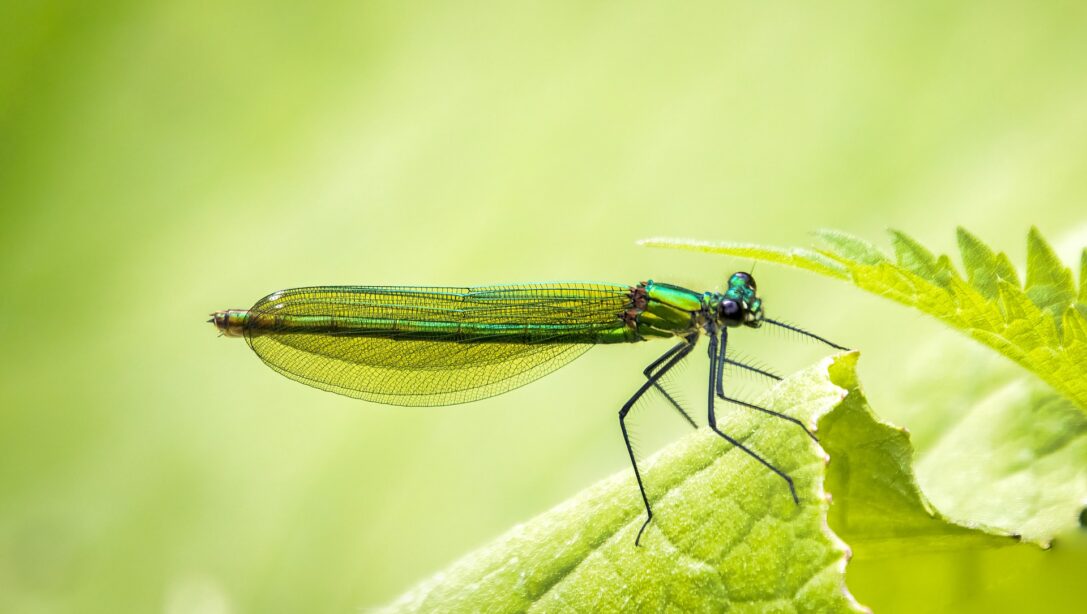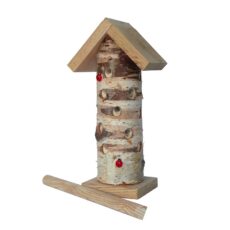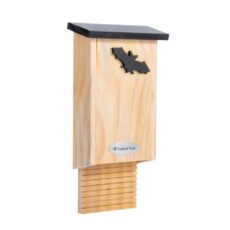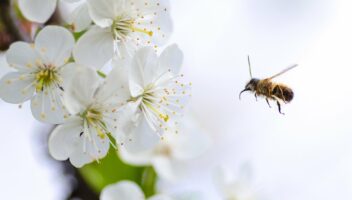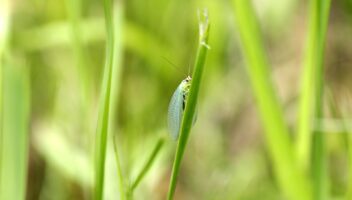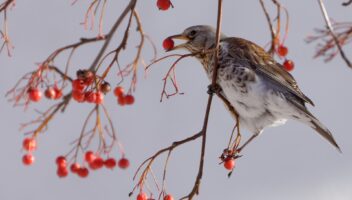As daylight hours reach their peak, the animal world can be seen out in full force. Our guide to garden wildlife in June has been created in collaboration with the experts at Wildlife World. Find out what different animal species are doing this month and how you can help them in your garden.
Badgers
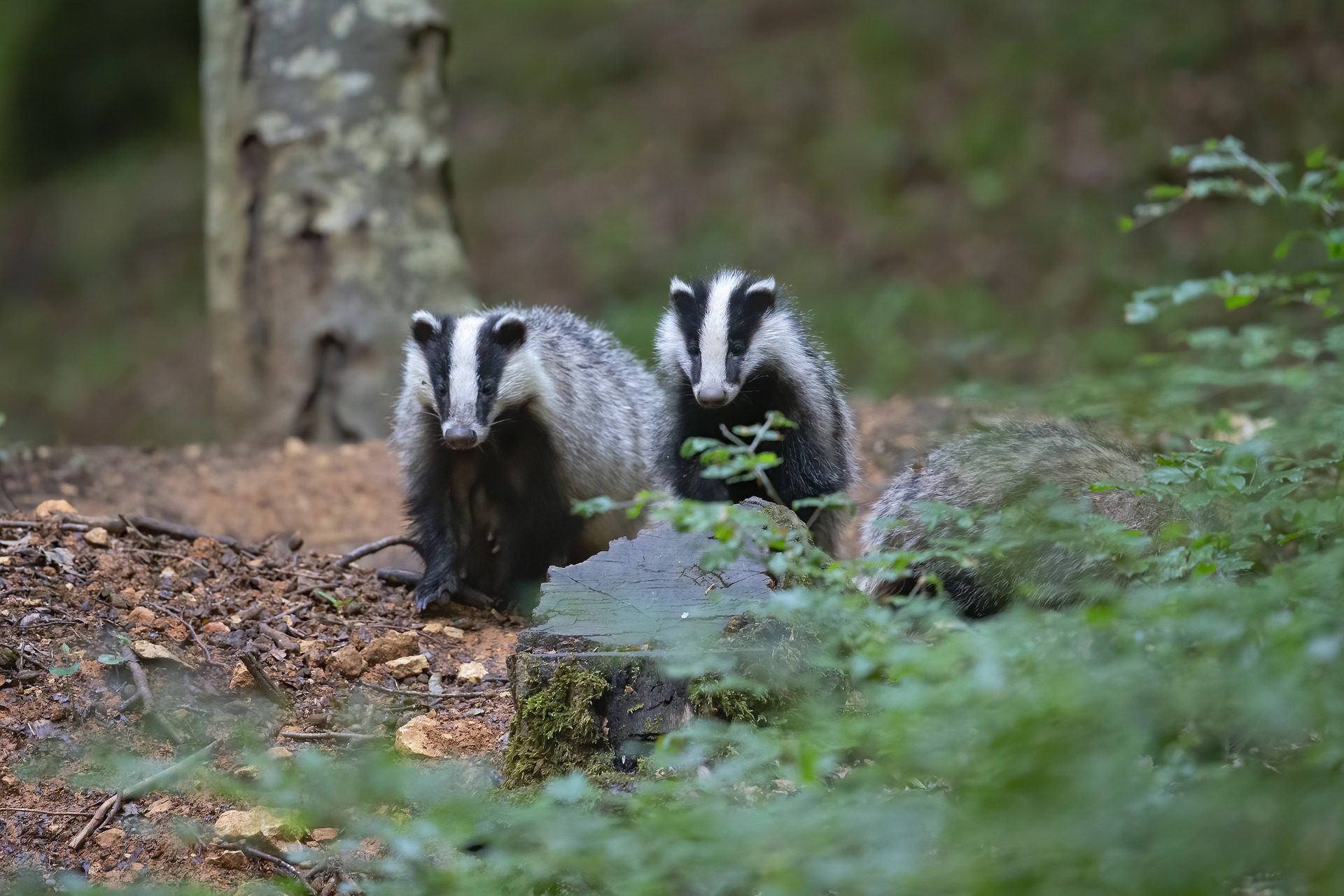
By the end of June most badger cubs will be weaned and will now be foraging for food independently. The presence of badgers can be divisive for gardeners, as they can easily wreck lawns. But all creatures are a precious and important part of the ecosystem.
How You Can Help
- Young badgers may thank you for leaving food out as they learn to feed independently. Specialist badger food, raw peanuts and fruit such as apples are all god options.
- Don’t forget the badgers and their setts are legally protected under the Protection of Badgers Acts 1992. It is a prosecutable offence to wilfully kill of injure a badger, or cruelly mistreat them, including harming their sett.
Bats
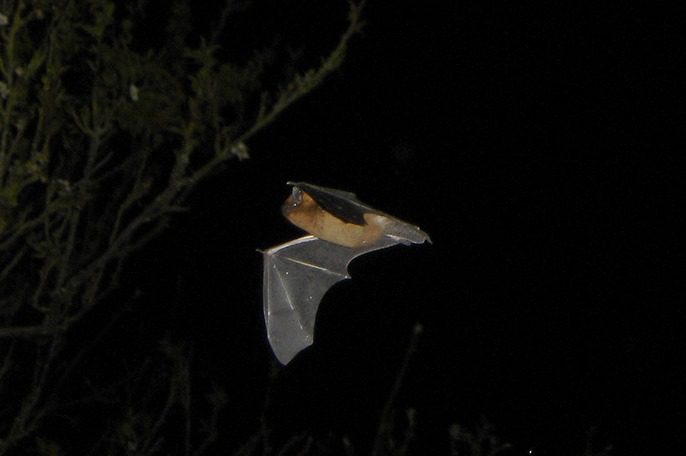
Bat pups are usually born in June. Lactating female bats need to eat a lot of insects to feed themselves and their young.
How You Can Help
- Bats eat insects, so anything you can do to bolster your insect populations will, in turn, support bats – especially in June as they feed their pups. Grow insect-attracting flowers, encourage natural predators instead of using pesticides and have rough areas of logs and leaves that make insect habitats.
Read more: Encourage and Support Bats In Your Garden
Bees
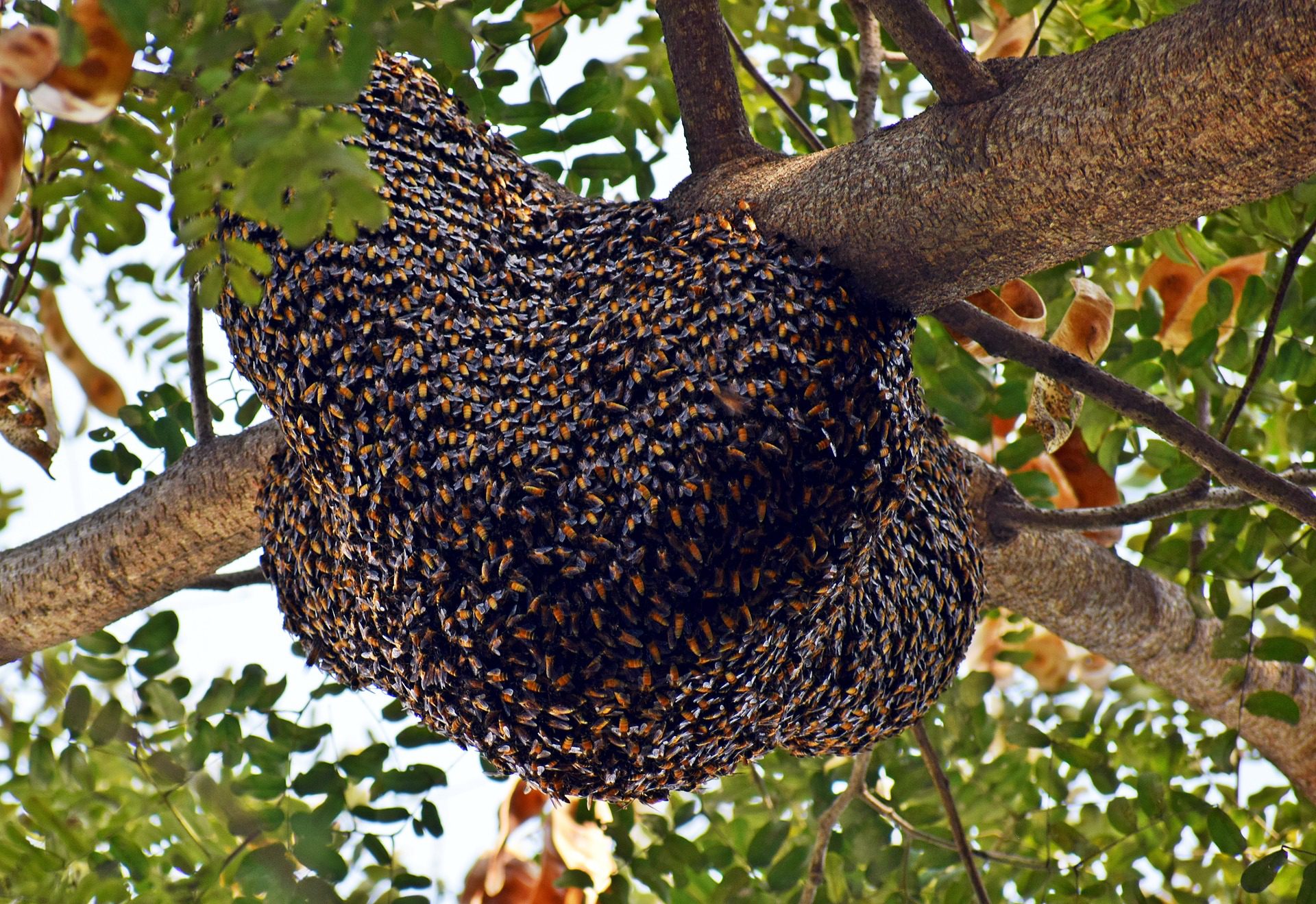
June is the heart of the swarming season for honeybees. A swarm is the process through which they increase their numbers – stay alert for a very long humming noise and a clustered ball of living bees! It is a remarkable and essentially harmless sight. Many species of solitary bee remain active in June, including leaf-cutter bees.
How You Can Help
- Have plants in your garden that offer summer nectar -e.g. lavender, alliums, nepeta (catmint), digitalis (foxgloves), antirrhinums (snapdragons), potentilla and geraniums.
- Put out homes for bees to nest in, such as bee boxes / bee bars. Make sure your nesters are clean and securely in place.
Read more: The Best Plants for Bees / Guide to Solitary Bees
Birds
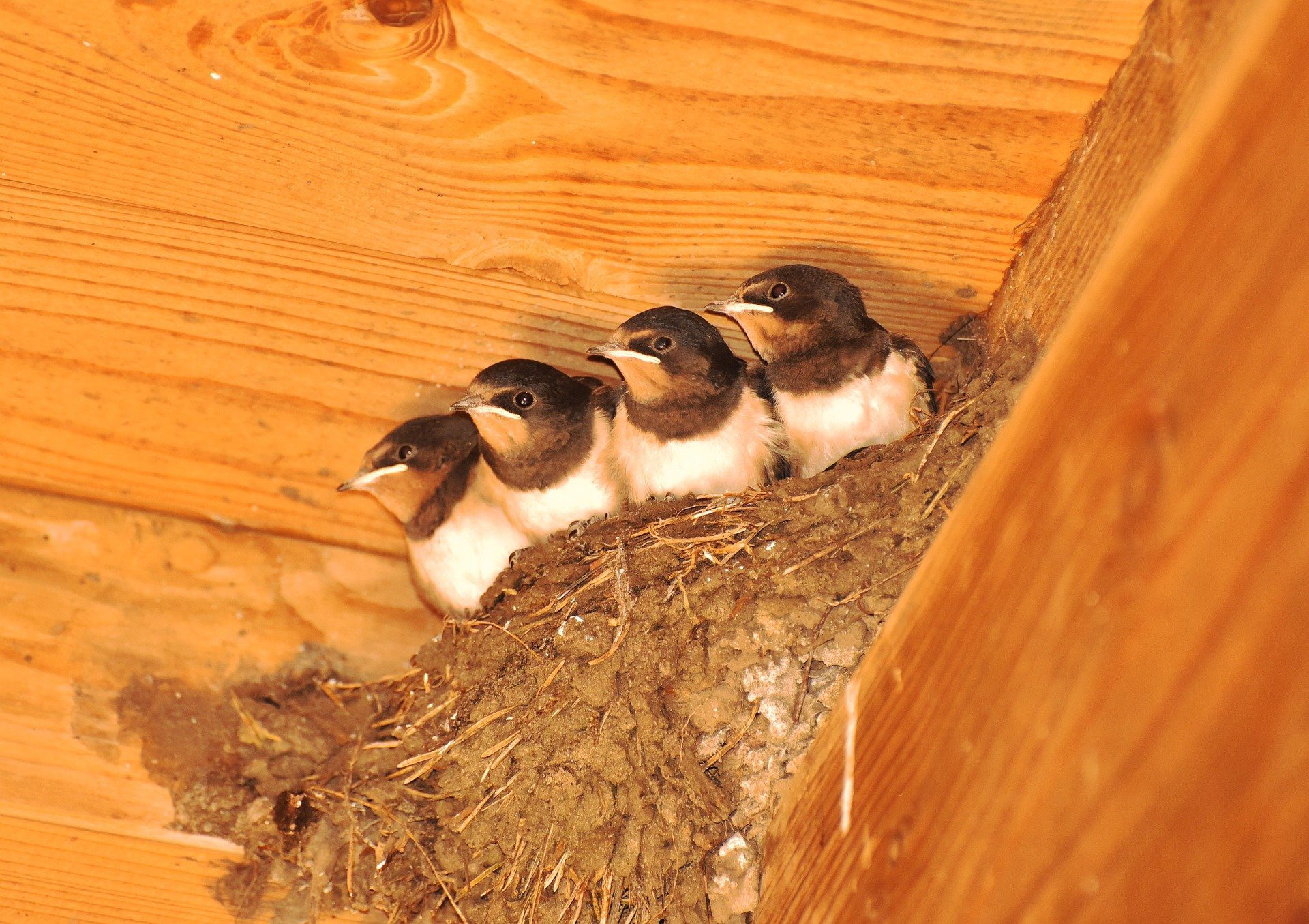
June continues to be an important nesting month for birds. Many bird species will be gathering food for their chicks, then encouraging the youngsters to leave the nest for the first time. Spotting the different between some fledglings can be tricky – look for online guides to help identify which is which.
How You Can Help
- Try not to disturb nesting birds. Avoid cutting hedges and large shrubs between March and August, so as not to disturb any nesting species. Wild bird nests are protected by law under the Wildlife and Countryside Act of 1981, although this tends not to apply to garden hedges.
- Offer high-protein bird food sources to support hungry parent birds and their fledglings, such as sunflower seeds, mealworms and calciworms. Have hanging feeder sites as well as ground feeders
- This is a vital time to ensure bird baths are clean and sterile.
- Top up water for birds to drink and bathe in.
Read more: Caring for Garden Birds All Year Round
Butterflies
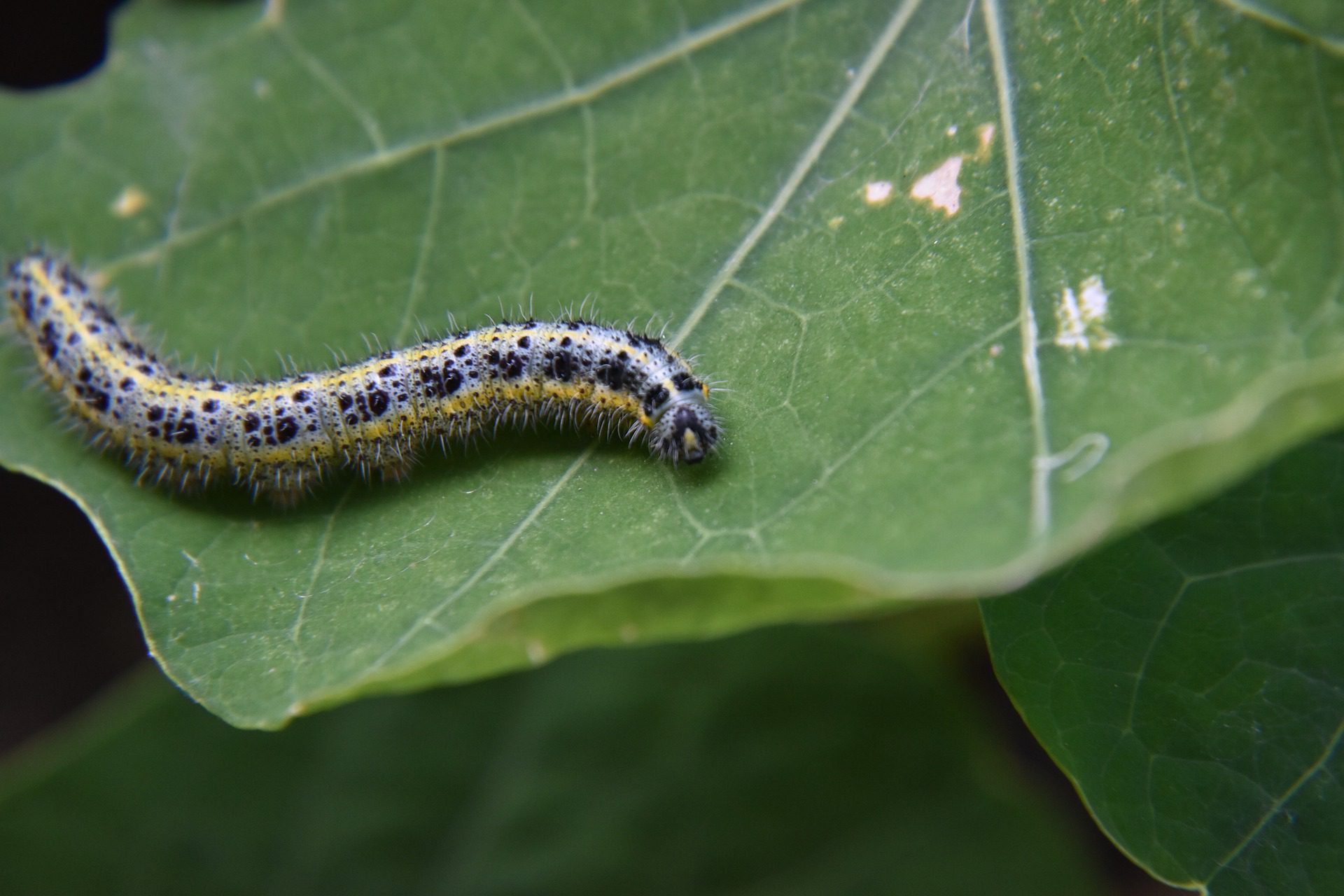
June is often a bumper month for spotting butterflies in the garden. Many species will be laying eggs and, for those that laid earlier in the year, some species of caterpillars can now be found. Look carefully on your plants!
How You Can Help
- Grow plants for early summer nectar. Good options include lavender, Erysimum ‘Bowles’s Mauve’, ceanothus, cotoneaster, aquilegia, hawthorn and cornflowers.
- Position these in a sunny, sheltered spot where butterflies can easily land.
Damselflies
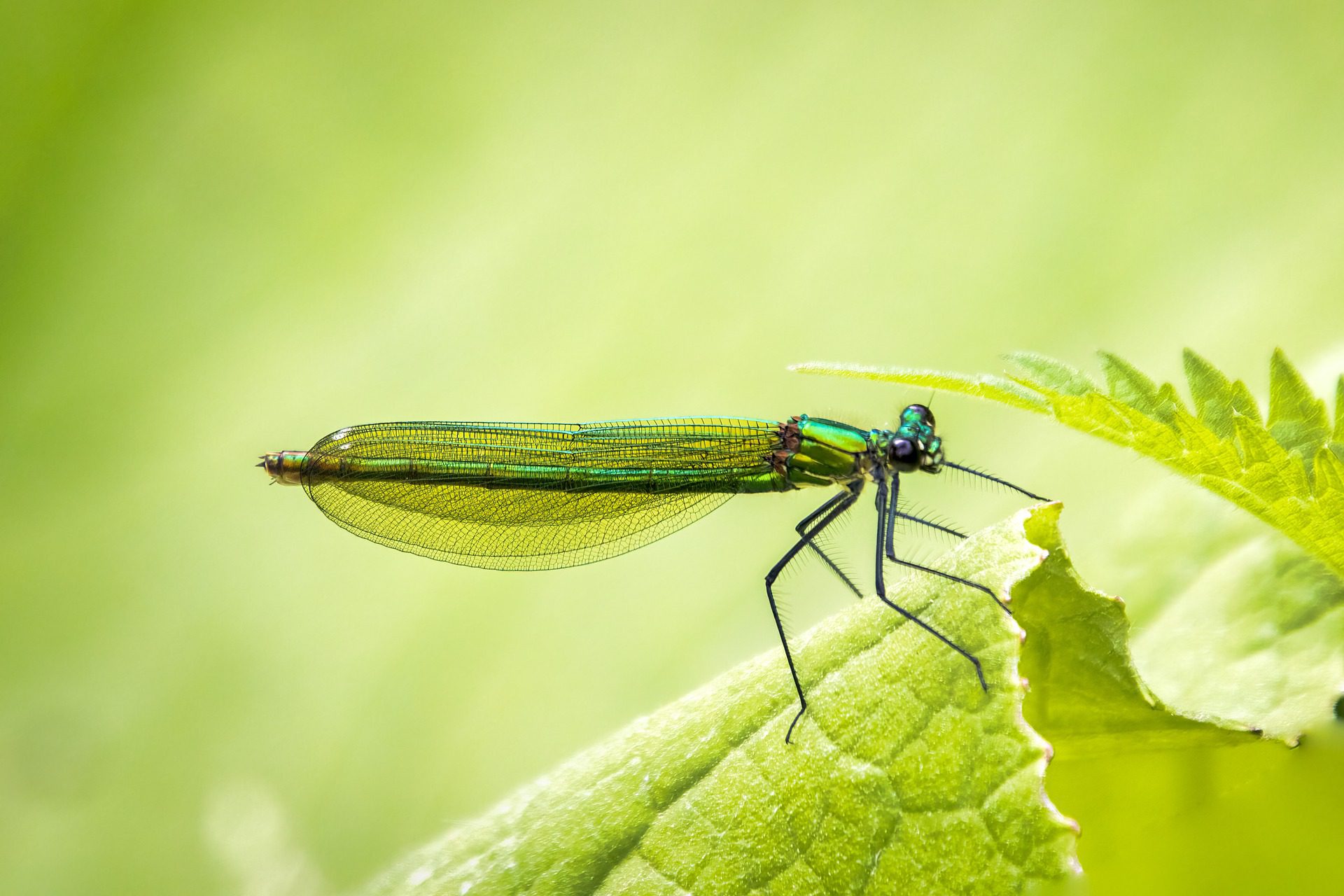
By mid June, all the damselfly species will have emerged as adults from their larval form. If you have a pond they could lay eggs this month. Look out for demoiselle and banded demoiselles in flight – a particularly striking looking species.
How You Can Help
- Wildlife ponds in the garden are a fantastic way to support a wide variety of creatures, including dragonflies and damselflies.
Frogs and Toads
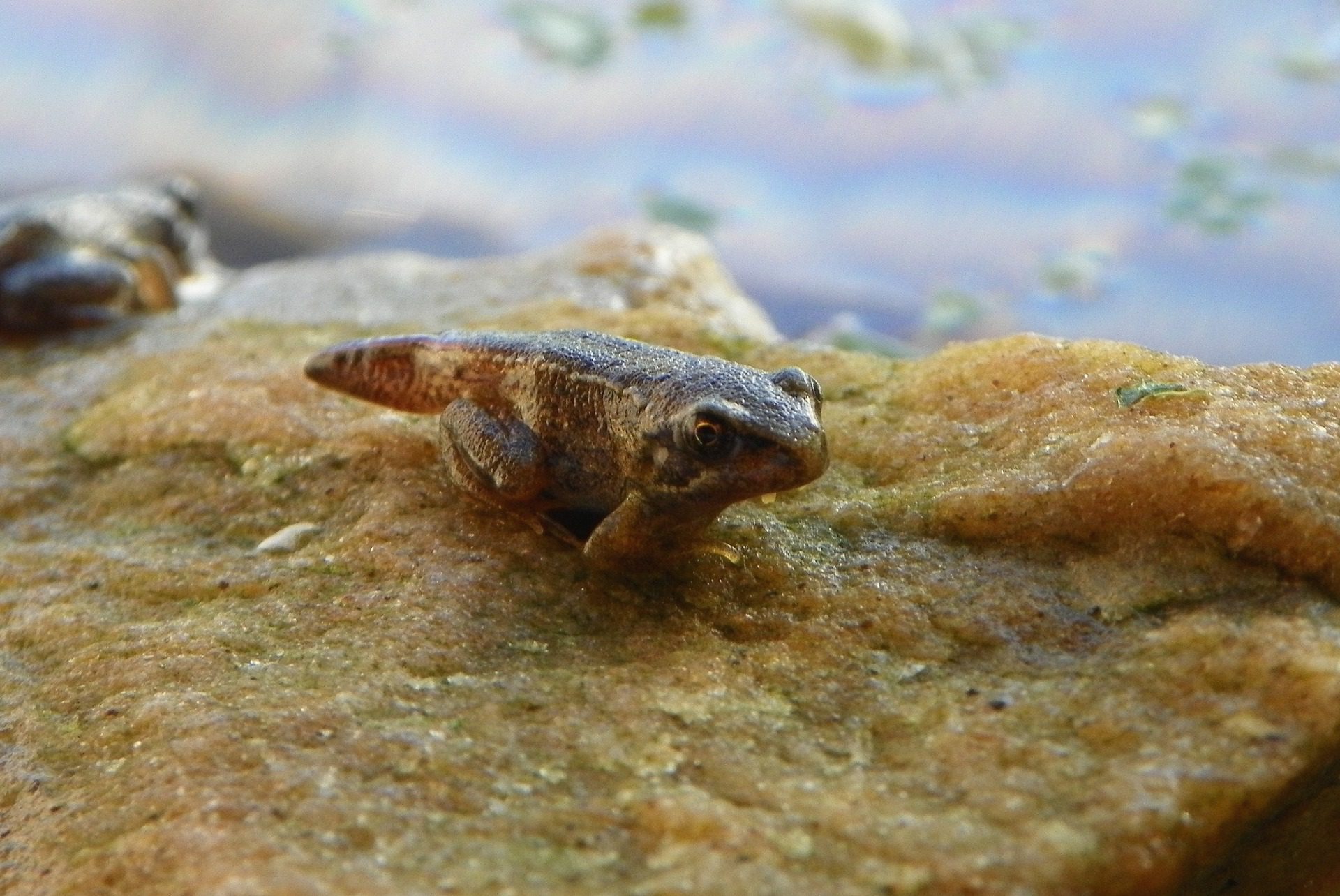
In June the metamorphosis of tadpoles into frogs continues as millions of babies emerge from ponds at night for the first time. This is a perilous time for them when they are extremely vulnerable to predators.
How You Can Help
- Wildlife ponds in the garden are a fantastic way to support a wide variety of creatures, including frogs and toads.
- If you have a pond, creep out carefully at night with a torch to observe the tiny froglets.
- To make your pond even more wildlife friendly, position logs and stones around the edge for extra shelter.
Hedgehogs
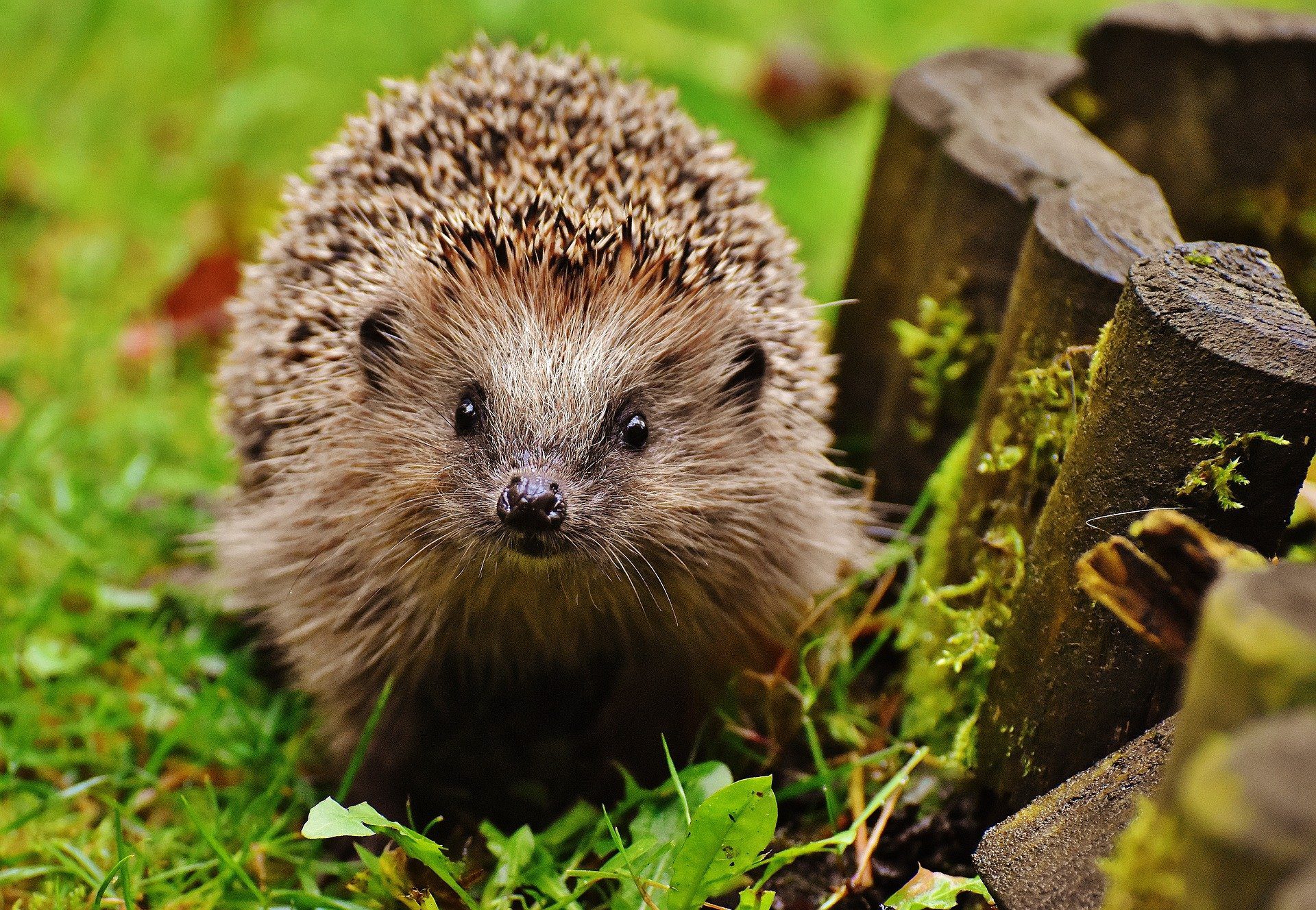
June and July are the main months for hoglets to be born, with hedgehogs having on average a little of four or five young. It is essential not to disturb nesting hedgehogs or the mother may abandon her hoglets.
How You Can Help
- Leave a source of food and clean water for hedgehogs foraging in the evening
- Create wild areas in the garden with longer grass, log piles etc. Don’t disturb these in July in case a hedgehog is nesting in them
- Hedgehogs can travel a mile a night to feed. One of the most important things you can do is to allow access between neighbouring gardens, creating ‘hedgehog highways’. This could be as simple as a small hole at ground level between fences – you can also purchase special hedgehog crossings if you would like to make a feature of it
Read more: How to Create a Hedgehog Friendly Garden
Slugs
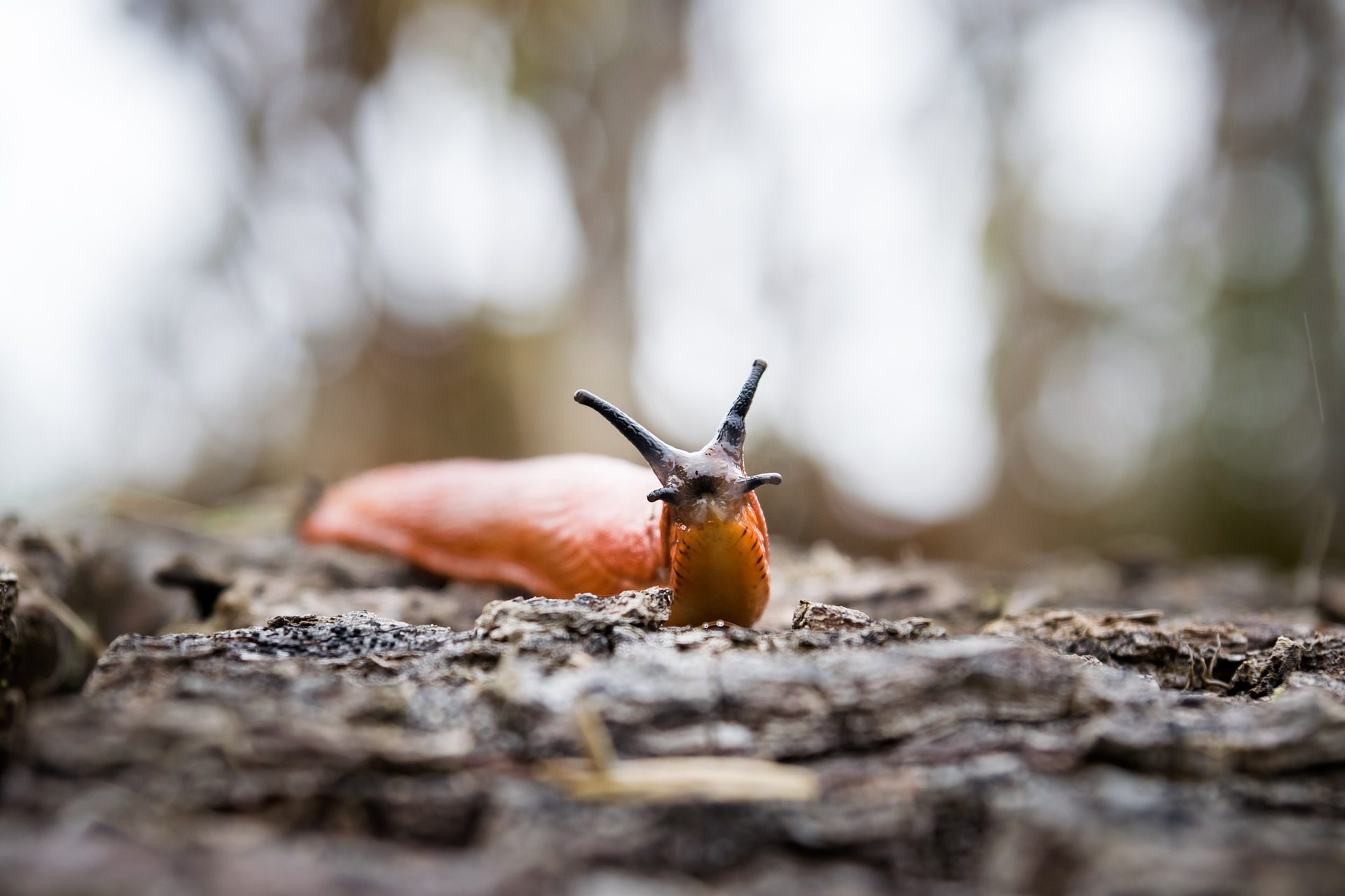
Slugs can be present in our gardens all year round as they do not hibernate. As gardeners know from experience, they love to appear after a spell of rain and have a good chomp on our plants. With food plants in full growth mode, slug control may be on your mind in June. The most natural a way you can find to do this, the better it will be for the ecosystem.
How You Can Help
- The best control for slugs is their natural enemies – hedgehogs, centipedes, slow worms if you are very lucky.
- Some natural methods, like placing copper coins or coffee grounds around plants, can also work.
- If you want to control a severe infestation, use organic control methods such as Slug Gone Wool Pellets.
June Dates for Your Diary
30 Days Wild | 1st – 30th June
Each June, The Wildlife Trust challenges people to do one wild thing a day throughout the course of the month. From having breakfast outside to planting wildflowers and listening to birdsong, it’s a month to appreciate the beauty of nature around us.
World Environment Day | 5th June
Established by the United Nations in 1972, World Environment is intended to encourage global awareness and action to protect the environment. Each year a specific theme is put in place along with a a host nation. In 2021, the theme was ‘Ecosystem Restoration’, with Pakistan hosting.
https://www.worldenvironmentday.global/
Insect Week | 24th – 30th June
The brainchild of the Royal Entomological Society, Insect Week (formerly National Insect Week) aims to help people of all ages learn more about insects. Various partner organisations run insect-themed events and competitions across the week.
Was This Article Helpful?
Join the Hillier Gardening Club to get the latest gardening news and advice
Find Out More

